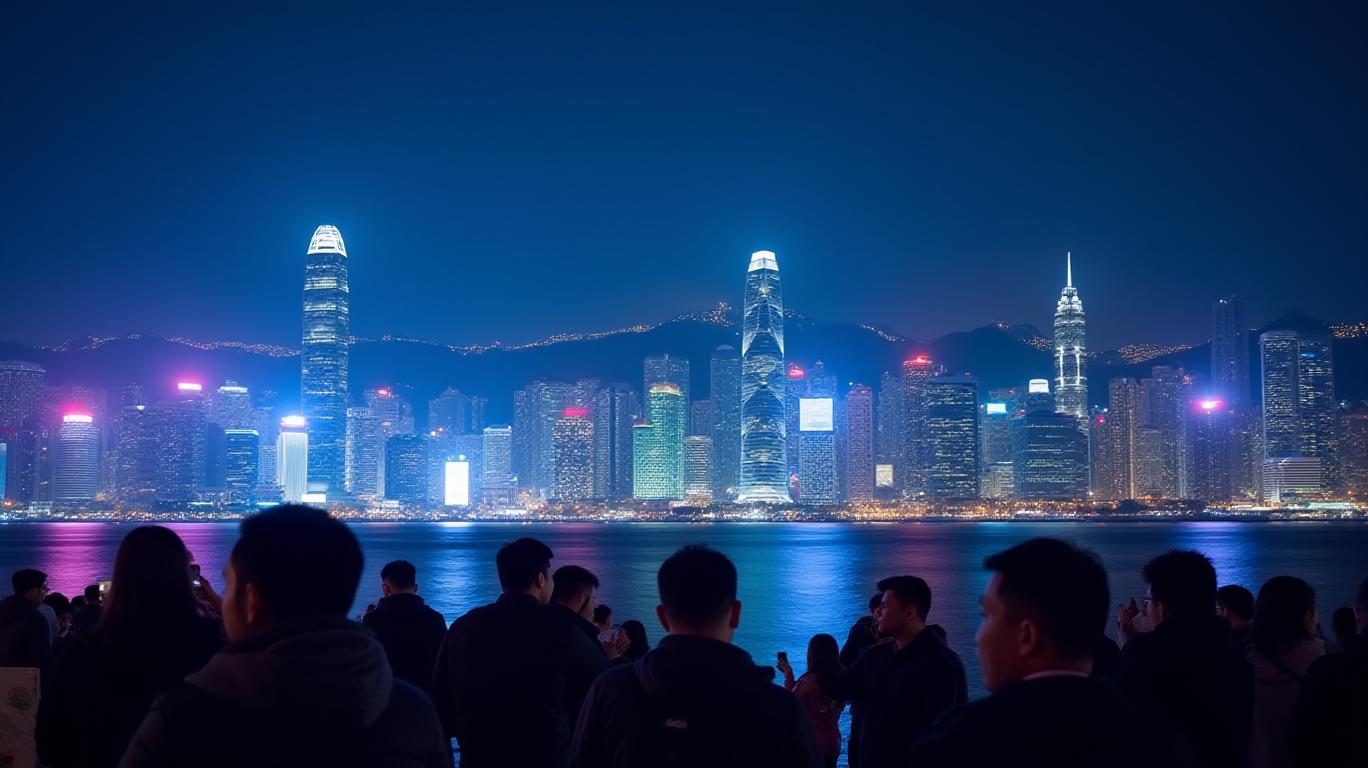Sector Rotation in Hong Kong: Navigating Unemployment Headwinds to Capture Growth Opportunities
Hong Kong’s labor market faces a crossroads. With unemployment rising to 3.4% in Q2 2025—the highest in over two years—investors must act decisively to reallocate capital toward sectors poised to thrive amid macroeconomic shifts. While construction, finance, and traditional services grapple with headwinds, information/communication, insurance, and entertainment industries are emerging as bastions of resilience. This article outlines a strategic playbook for capitalizing on sector rotation opportunities as Hong Kong’s economy stabilizes post-Q2.

The Struggling Sectors: A Call for Caution
Construction: Unemployment in this sector surged by 0.2 percentage points in Q2, driven by cyclical demand fluctuations and global trade tensions. With the government’s focus shifting toward tech and tourism, construction firms face prolonged underutilization. reveals a widening gap between labor supply and demand. Investors should reduce exposure to firms reliant on infrastructure projects without clear policy backing.
Finance: Despite Hong Kong’s status as a global financial hub, the sector’s unemployment rate rose amid U.S. dollar strength and geopolitical risks. Firms in asset management and trading face margin pressures as cross-border capital flows slow. The HSBC Hang Seng Finance Index has underperformed the tech sector by 12% year-to-date, signaling a rotation away from traditional banking.
Services (Accommodation/Food): Pessimism runs deep here. A net balance of -43% in business sentiment (Q2 2025) underscores dire expectations, with 52% of firms anticipating declines in demand. While tourism recovery is underway, reliance on mainland Chinese visitors—still recovering from pandemic-era restrictions—means near-term volatility persists.
The Resilient Sectors: Where to Deploy Capital Now
Information & Communication Technology (ICT): Hong Kong’s tech sector is booming. The government’s HK$10 billion Innovation and Technology fund and mainland China’s digital economy push have fueled demand for cloud infrastructure, cybersecurity, and AI solutions. ASM Pacific Technology, a semiconductor equipment leader, has seen revenue grow 18% YoY, while PCCW’s data center expansion plans signal long-term demand.
Insurance: Stable underwriting conditions and rising demand for wealth management products have bolstered this sector. AIA Group, Asia’s largest insurer, reported a 9% rise in new business value in Q2, driven by cross-border sales to mainland Chinese clients. Investors should prioritize firms with diversified product lines and strong regional partnerships.
Entertainment & Arts: Hong Kong’s cultural renaissance is accelerating. The government’s HK$5 billion Cultural Industry Development Plan is fueling growth in film production, gaming, and live events. Cinema City International, benefiting from post-pandemic cinema reopenings, saw box office revenue surge 35% in Q2. Meanwhile, GameOn, a regional esports platform, has attracted venture capital backing for its expansion plans.
The Macro Catalysts: Timing Is Everything
The window to pivot portfolios is now. Three macro trends justify immediate action:
1. Mainland China’s Economic Momentum: With GDP growth projected at 5.2% in 2025, cross-border trade and investment flows are accelerating. Sectors tied to the mainland’s Belt and Road Initiative (e.g., ICT infrastructure) will benefit.
2. Tourism Rebound: Hong Kong’s inbound visitor numbers hit a record 12 million in Q2, up 80% YoY. This bodes well for tech-enabled hospitality (e.g., Hongkong Land’s smart hotels) and entertainment venues.
3. Labor Market Stabilization: While unemployment remains elevated, the underemployment rate dipped to 1.2% in June, signaling pent-up demand for skilled workers in tech and finance.
Investment Strategy: Act Before the Rotation Peaks
Short-term (Next 3 Months):
- Buy: ICT stocks like ASM Pacific Technology and PCCW.
- Sell: Construction firms without tech diversification (e.g., China Overseas Land & Resources).
Medium-term (6-12 Months):
- Allocate: 30% to insurance equities (AIA Group) and 20% to entertainment plays (Cinema City International).
- Monitor: The Hang Seng Tech Index’s valuation relative to the broader market.
Long-term (2026+):
- Scale into: Hong Kong’s green tech and renewable energy sectors, backed by China’s 2030 carbon targets.
Final Call to Action
Hong Kong’s economy is at a turning point. The sectors bearing the brunt of rising unemployment—construction, finance, and traditional services—are being replaced by industries aligned with tech innovation, cultural revival, and cross-border integration. With labor markets stabilizing post-Q2, now is the moment to rotate capital into resilient sectors before the next phase of growth accelerates. Investors who act decisively will position themselves to capture the upside of Hong Kong’s economic renaissance.
The data is clear: the future belongs to those who pivot now.

Comments
No comments yet